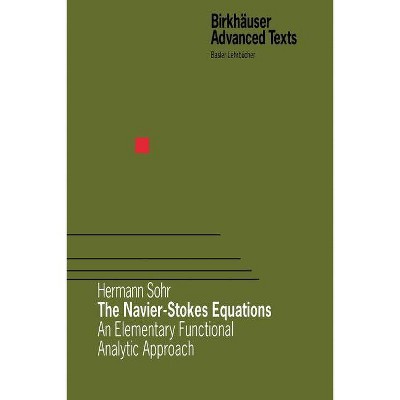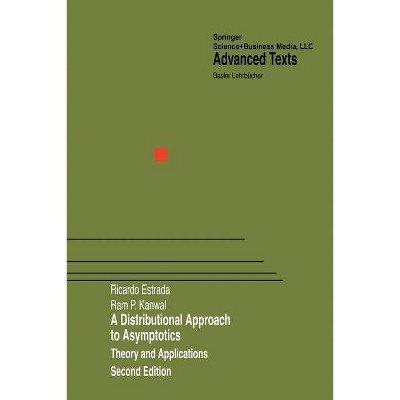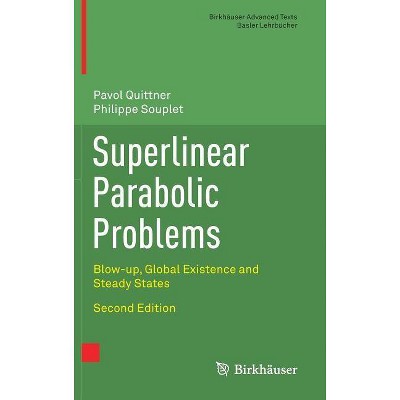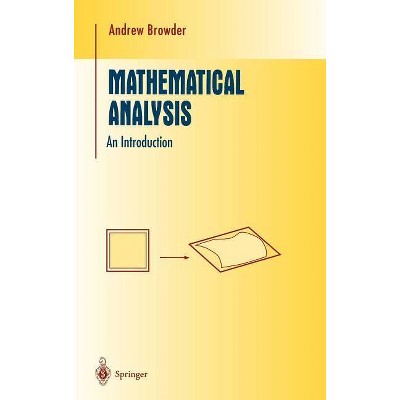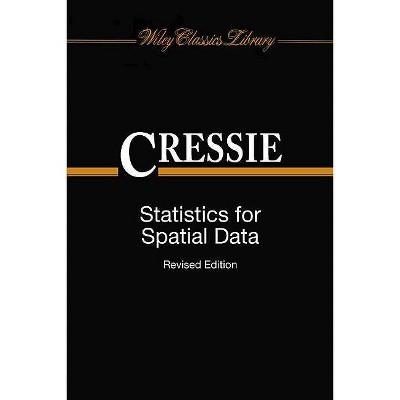Geometric Multivector Analysis - (Birkhäuser Advanced Texts Basler Lehrbücher) by Andreas Rosén (Hardcover)
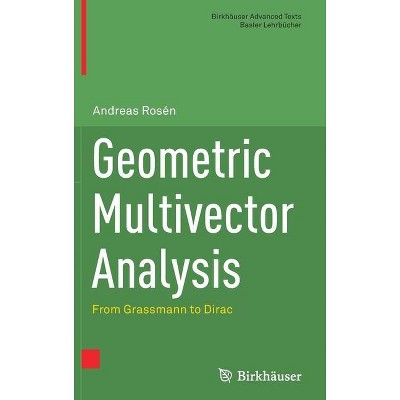
Similar Products
Products of same category from the store
AllProduct info
<p/><br></br><p><b> Book Synopsis </b></p></br></br><p></p><p>This book presents a step-by-step guide to the basic theory of multivectors and spinors, with a focus on conveying to the reader the geometric understanding of these abstract objects. Following in the footsteps of M. Riesz and L. Ahlfors, the book also explains how Clifford algebra offers the ideal tool for studying spacetime isometries and Möbius maps in arbitrary dimensions.</p><p>The book carefully develops the basic calculus of multivector fields and differential forms, and highlights novelties in the treatment of, e.g., pullbacks and Stokes's theorem as compared to standard literature. It touches on recent research areas in analysis and explains how the function spaces of multivector fields are split into complementary subspaces by the natural first-order differential operators, e.g., Hodge splittings and Hardy splittings. Much of the analysis is done on bounded domains in Euclidean space, with a focus on analysis at the boundary. The book also includes a derivation of new Dirac integral equations for solving Maxwell scattering problems, which hold promise for future numerical applications. The last section presents down-to-earth proofs of index theorems for Dirac operators on compact manifolds, one of the most celebrated achievements of 20<sup>th</sup>-century mathematics.</p><p>The book is primarily intended for graduate and PhD students of mathematics. It is also recommended for more advanced undergraduate students, as well as researchers in mathematics interested in an introduction to geometric analysis.</p><p> </p><p> </p><p></p><p/><br></br><p><b> From the Back Cover </b></p></br></br><p>This book presents a step-by-step guide to the basic theory of multivectors and spinors, with a focus on conveying to the reader the geometric understanding of these abstract objects. Following in the footsteps of M. Riesz and L. Ahlfors, the book also explains how Clifford algebra offers the ideal tool for studying spacetime isometries and Möbius maps in arbitrary dimensions.</p><p>The book carefully develops the basic calculus of multivector fields and differential forms, and highlights novelties in the treatment of, e.g., pullbacks and Stokes's theorem as compared to standard literature. It touches on recent research areas in analysis and explains how the function spaces of multivector fields are split into complementary subspaces by the natural first-order differential operators, e.g., Hodge splittings and Hardy splittings. Much of the analysis is done on bounded domains in Euclidean space, with a focus on analysis at the boundary. The book also includes a derivation of new Dirac integral equations for solving Maxwell scattering problems, which hold promise for future numerical applications. The last section presents down-to-earth proofs of index theorems for Dirac operators on compact manifolds, one of the most celebrated achievements of 20<sup>th</sup>-century mathematics.</p><p>The book is primarily intended for graduate and PhD students of mathematics. It is also recommended for more advanced undergraduate students, as well as researchers in mathematics interested in an introduction to geometric analysis.</p><p/><br></br><p><b> Review Quotes </b></p></br></br><br><p>"The book is carefully prepared and well presented, and I recommend the book ... for students who have just mastered vector calculus and Maxwellian electromagnetism." (Hirokazu Nishimura, zbMATH 1433.58001, 2020)</p><br><p/><br></br><p><b> About the Author </b></p></br></br><p>Andreas Rosén is a Professor at the Chalmers University of Technology and the University of Gothenburg, Sweden. His research mostly concerns Partial Differential Equations, and uses techniques from harmonic analysis and operator theory.</p>
Price History
Price Archive shows prices from various stores, lets you see history and find the cheapest. There is no actual sale on the website. For all support, inquiry and suggestion messagescommunication@pricearchive.us



